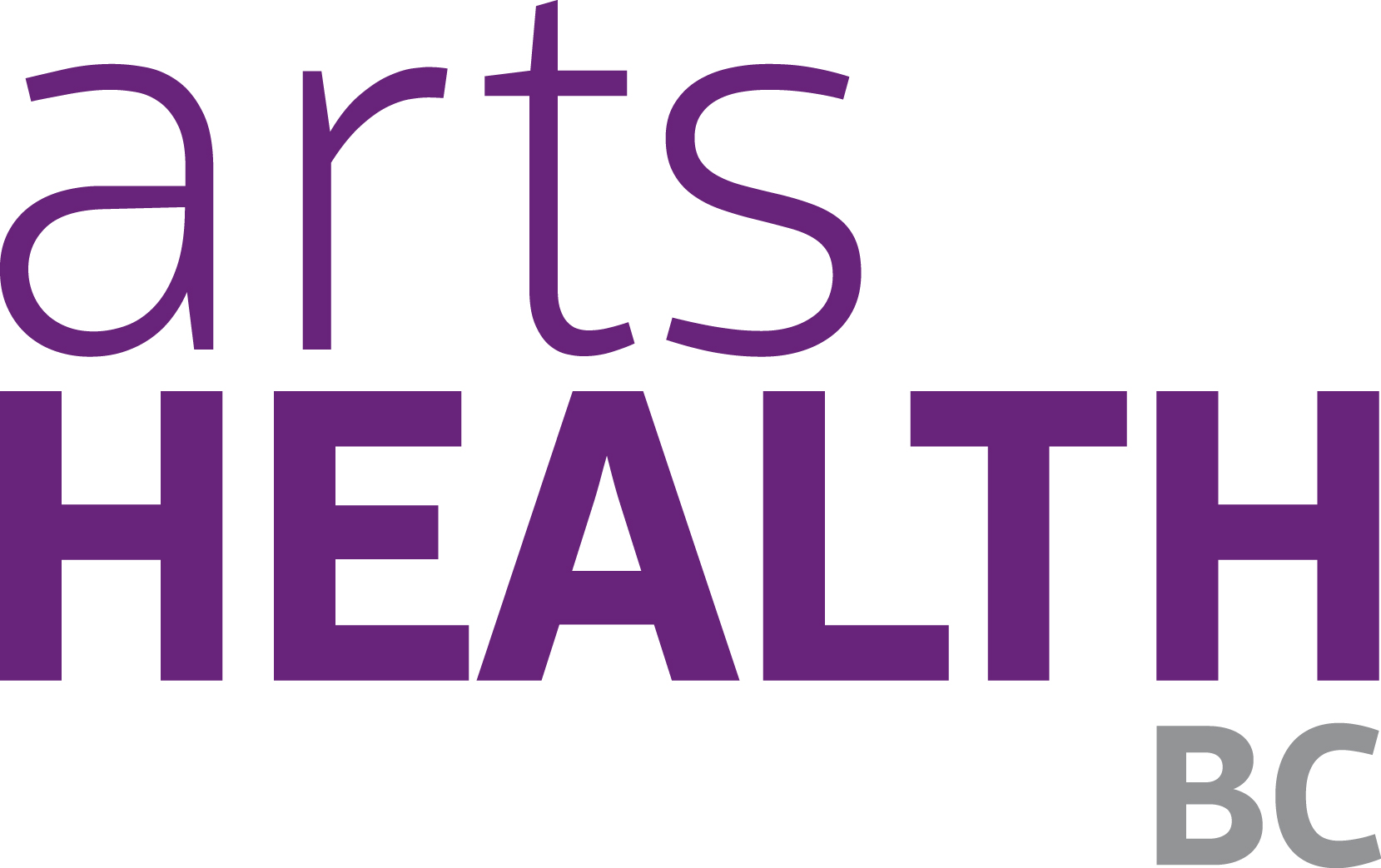Understanding Creative Therapies in Healthcare
Creative therapies are transforming the healthcare landscape in British Columbia and across Canada. From trauma recovery to chronic illness support, these therapies offer meaningful, evidence-based interventions that go beyond traditional medical approaches. Programs like those supported by Arts Health BC demonstrate how music, visual art, dance, and drama can greatly influence patients’ psychological and physical well-being. Creative therapies are not merely recreational activities; they are clinically informed treatments used to support diagnostic, therapeutic, and rehabilitative care.
Health authorities across Canada—from Vancouver Coastal Health to Fraser Health—are increasingly integrating creative practices into hospital and community settings. Supported by a growing body of academic research and patient testimonials, there is substantial momentum toward placing creative arts at the core of holistic care.
Historical Development of Creative Arts in Medical Settings
Creative arts have long served as a bridge between emotional expression and healing. Historically, indigenous communities in British Columbia used storytelling, drumming, and painting in healing ceremonies. These practices represent the foundations of what would evolve into formal creative therapies within clinical settings.
The movement toward integrating arts into Western medicine began in earnest after World War II. Veterans dealing with post-traumatic stress were some of the first to benefit from structured art therapy in psychiatric institutions. In Canada, the 1970s saw the emergence of early art therapy programs in cities like Vancouver and Toronto.
By the 1990s, institutions such as Emily Carr University and the Vancouver Art Therapy Institute began offering accredited education, marking a shift toward professional recognition. Today, creative arts therapy is embedded into many care environments, supported by organizations like the Canadian Art Therapy Association (CATA) and Arts Health BC.
Types of Creative Therapies Used in Healthcare
Each discipline within the creative arts addresses unique patient needs and employs specific therapeutic approaches. In British Columbia, therapists are credentialed and often work alongside multidisciplinary medical teams.
Visual Art Therapy
Visual expressive therapy uses mediums such as drawing, painting, and sculpture. It is effective in treating trauma, grief, and cognitive decline. Art therapy is common in pediatric wards and geriatric dementia care units across B.C.
Music Therapy
Music therapy is used extensively in oncology, palliative care, and mental health services. Therapists use practices such as songwriting, improvisation, and guided listening. Programs led by the Canadian Association of Music Therapists (CAMT) are widespread across provincial hospitals.
Dance and Movement Therapy
Used primarily in mental health and neurorehabilitation, dance/movement therapy promotes motor function, mood regulation, and social interaction. In Greater Vancouver, it is used in long-term care facilities and with patients experiencing Parkinson’s or stroke recovery.
Drama Therapy
Drama therapy integrates performance, role-play, and narrative development. It is effective in addressing emotional processing in youth, particularly in trauma-informed care. B.C.’s children’s hospitals have piloted drama therapy programs with tangible benefits for young patients.
Poetry and Narrative Therapy
Incorporating storytelling or poetry writing helps patients articulate experiences and reconstruct narratives around illness and recovery. Programs like “Healing Through Words” led by regional health authorities use poetry to complement oncology and end-of-life care.
Benefits of Integrating Creative Therapies for Patients
Creative therapies offer a set of benefits that traditional medicine alone often cannot provide. These therapies address psychological, emotional, social, and spiritual aspects of healing.
- Emotional Expression: Helps patients externalize internal experiences, especially those difficult to verbalize.
- Pain Reduction: Music and visual arts have been shown to lower perceived pain levels.
- Improved Communication: Particularly useful in non-verbal or neurodivergent populations.
- Anxiety and Depression Management: Supports emotional regulation with fewer side effects than pharmaceuticals.
- Cognitive Enhancement: Engages brain plasticity in older adults and stroke survivors.
Evidence from British Columbia

According to a 2022 study by the University of British Columbia, pediatric patients who participated in hospital-based music therapy sessions experienced a 30% reduction in anxiety levels. Another province-wide assessment revealed that dementia patients in long-term care who engaged in weekly visual arts programs showed improved memory recall and decreased agitation.
The Role of Healthcare Professionals in Facilitating Creative Therapies
Creative therapies succeed best when integrated into a broader care model, with support from medical professionals.
Interdisciplinary Collaboration
Nurses, social workers, and physicians often refer patients to creative arts therapists. Ongoing communication ensures therapies target relevant treatment goals.
Environment Support

Hospitals and clinics must make space, physically and culturally, for creative practices. This includes art studios, music rooms, and resource materials—something some Vancouver General Hospital units have already implemented.
Ethical Oversight
Maintaining professional boundaries, informed consent, and cultural sensitivity is crucial. Accredited therapists work under ethical guidelines that mirror those in psychotherapeutic and allied health disciplines.
Challenges in Implementing Creative Therapies in Clinical Environments
Despite broad recognition of their value, creative therapies face several constraints.
| Challenge | Description |
|---|---|
| Funding Instability | Most creative programs are grant-funded or donor-supported. Permanent funding remains rare. |
| Limited Staff Positions | Few hospitals have full-time creative arts therapists on staff; many work contractually. |
| Awareness Gaps | Many medical staff remain unaware of the clinical evidence behind these therapies. |
| Space and Infrastructure | Hospitals were rarely designed with art studios or performance spaces in mind. |
Overcoming these obstacles requires institutional policy change, consistent advocacy, and evidence-sharing between departments and health systems.
Training and Education in Creative Arts Therapies
Professional creative arts therapists in B.C. require graduate-level training, national registration, and often extensive clinical experience.
Educational Pathways
- Vancouver Art Therapy Institute (VATI): Offers a Post-Bachelor Diploma in Art Therapy
- Concordia University: Provides a Master’s in Music Therapy
- University of British Columbia (UBC): Offers courses in theatre and health communication with therapeutic applications
Students must complete supervised clinical hours to become a Registered Art Therapist (RCAT) or Certified Music Therapist (MTA). Continuing education through workshops and annual conferences is also essential.
Regulatory Bodies
- Canadian Art Therapy Association (CATA)
- Canadian Association for Music Therapy (CAMT)
- Dance Movement Therapy Association in Canada (DMTAC)
These organizations ensure ethical and clinical standards in practice and education.
Case Studies and Evidence-Based Practices
Several case studies from British Columbia provide data-driven backing for the inclusion of creative interventions in health settings.
Example 1: BC Cancer Agency and Music Therapy
Over a 12-month period, patients undergoing chemotherapy who received weekly music therapy reported lower nausea, improved mood, and decreased fatigue on the Profile of Mood States (POMS) scale. Outcomes were statistically significant among patients under 50.
Example 2: Providence Health Visual Arts Pilot
In 2021, Providence Health Care implemented a three-month art therapy program in their elder care wing. Residents participating regularly in painting sessions showed clinically observable reductions in anxiety, according to assessments using the Geriatric Anxiety Inventory.
Example 3: First Nations Storytelling Project
An initiative in Northern BC integrated traditional storytelling into therapeutic sessions with youth. The program showed improved resilience markers and decreased school absenteeism, combining indigenous knowledge with clinical metrics.
Collaboration Between Artists and Healthcare Providers
Successful therapy programs often stem from strong partnerships. These collaborations bridge clinical needs with artistic expertise.
Partnership Models
- Residencies: Artists embedded within clinics, co-working with therapists
- Workshops: Artists provide training for healthcare staff
- Community-based Programs: Jointly run by hospitals and non-profits like Arts Health BC
Collaborations focus on patient-centered care, ensuring programs are adaptable, therapeutic, and culturally relevant. For example, the ArtStarts in Schools program has created healthcare-specific strands integrating youth development and rehabilitation.
Policy and Funding Considerations for Arts in Health Programs
Policy-level changes are required to support long-term integration of creative therapies into health systems.
Provincial Policies
Currently, there is no province-wide mandate for creative therapies to be included in standard care models. Pilot programs often rely on evidence gathered locally, which can create inconsistencies across regions.
Funding Sources
- Philanthropic Foundations: Vancity Community Foundation and Vancouver Foundation often fund arts-health collaborations
- Health Authorities: Fraser Health and Island Health have trial-budget allocations
- Federal Support: Canada Council for the Arts has funded interdisciplinary clinical partnerships
Moving forward, sustained investment from the Ministry of Health and public-private collaboration will be key. Integrating creative therapies into global hospital budgeting could make them an enduring part of B.C.’s health services.
British Columbia sits at the forefront of integrating creative therapies into healthcare, underpinned by strong academic networks, community participation, and visionary leadership through platforms like Arts Health BC. Ensuring broader access, stable funding, and interdisciplinary respect will drive this field into a robust future of artistic healing and humanistic medicine.



